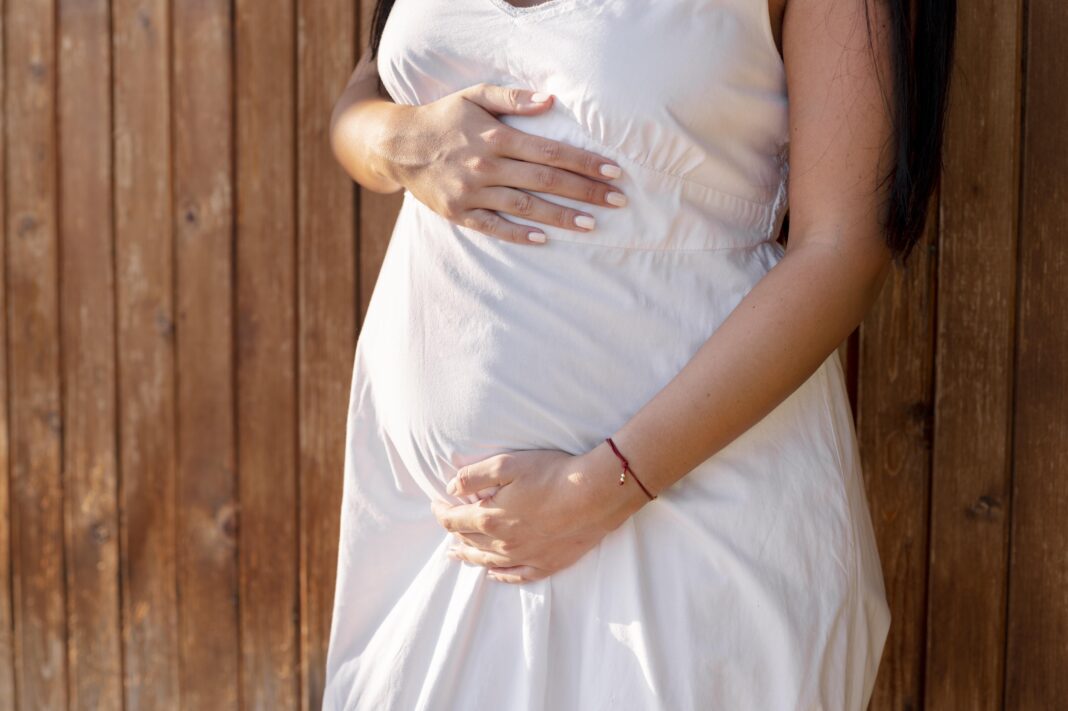India’s maternal mortality rate (MMR) has dropped to 99 per 1 lakh live births. However, challenges remain, particularly in poorer states and among women aged 20-29, where maternal deaths are higher. In 2020, about 23,800 maternal deaths were reported, highlighting the need for focused interventions.
What are the main causes?
The leading causes of maternal deaths include obstetric hemorrhage, pregnancy-related infections, hypertensive disorders, and complications from delivery and unsafe abortions. Infections during and post-delivery, ranked as the third leading cause, are preventable with early detection and appropriate strategies. Experts emphasize the importance of raising awareness about pregnancy-related complications and enhancing primary healthcare quality to further reduce MMR.
The World Health Organization (WHO) aims to bring the global MMR down to 70 per 1 lakh live births by 2030 under its Sustainable Development Goals. To achieve this, India must prioritize early detection of high-risk pregnancies and adopt comprehensive management protocols.
Common threats during and post-delivery
Critical threats to maternal health include life-threatening infections such as dengue, hepatitis, and viral pneumonia, including COVID-19 and Swine flu. Advanced maternal age, IVF pregnancies, and diabetic conditions exacerbate risks, demanding specialized interventions.
Maternal Mortality in India State Wise
There has been commendable progress, with MMR declining from 560 in 1990 to 97 per 100,000 live births in 2018-2020, showing a remarkable reduction. Seven states have achieved the Sustainable Development Goal DG target: Kerala, Maharashtra, Telangana, Tamil Nadu, Andhra Pradesh, Jharkhand, and Gujarat. Despite this progress, several states continue to struggle with alarmingly high MMRs. Data from 2004-06 reveals the following rates (per 100,000 live births):
• Assam: 480
• Bihar: 312
• Odisha: 303
• Rajasthan: 388
• Chhattisgarh: 141
• Madhya Pradesh: 335
• Uttar Pradesh: 440
Causes of Regional Disparities
Factors contributing to regional disparities include access to healthcare services, socioeconomic conditions, and educational levels.
Strategies to prevent maternal deaths
The experts panel discussed on evidence-based strategies for reducing preventable maternal deaths, including:
- Early detection and management of delivery complications
- Robust infection prevention and control protocols
- Enhanced care for high-risk pregnancies
- Improved maternal and neonatal care standards
A multifaceted approach addressing these key areas can safeguard maternal and child health, ensuring sustainable progress in reducing preventable maternal deaths.




